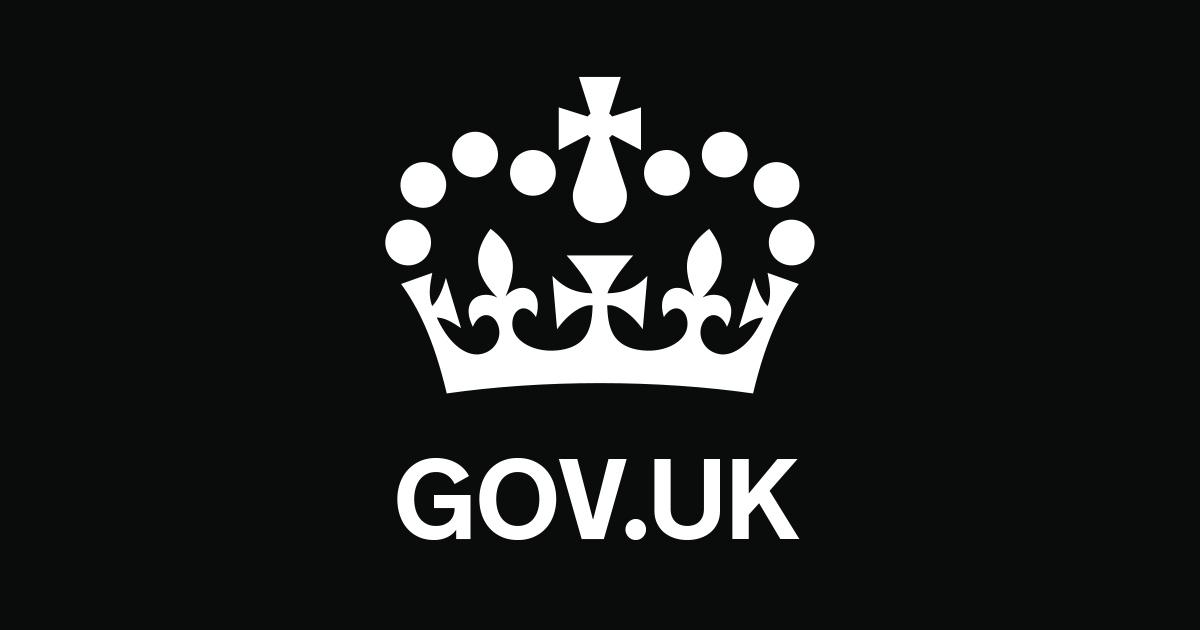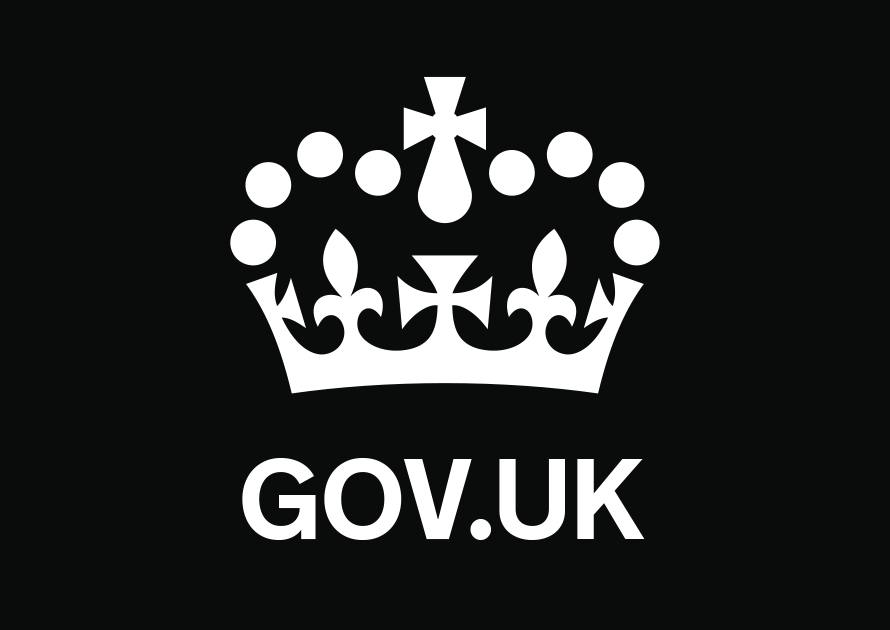You do not need to take any action if:
- your pre-lodged import declaration has an arrived status
- you have declared your goods orally or by conduct
- you have made a declaration in your records
Telling customs about your goods
If you are importing goods at a location that uses the Goods Vehicle Movement Service, your import declaration is usually ‘arrived’ automatically in Customs Handling of Import Export Freight (CHIEF) or the Customs Declaration Service.
This means that normally you do not need to do anything to ensure that HMRC is aware that the goods are in the country.
When you need to tell HMRC
You may need to tell HMRC that your goods have arrived in the UK using software. You will need to do this if you have submitted either a:
- full import declaration
- simplified frontier declaration
The person who has made the declaration must do this if your goods have arrived in the UK and the import declaration for your goods has an unarrived status on CHIEF or the Customs Declaration Service. This includes when your haulier has boarded without a goods movement reference being checked in by a carrier, for example as a result of HMRC or third-party system downtime or outages.
You should tell HMRC by 11:59pm on the working day after your goods were imported.
If you declare goods using CHIEF software
There are 2 ways to manually arrive an import declaration on CHIEF. You can either:
-
Arrive the declaration using the Agent Notify Goods Arrival (ANGA) screen in CHIEF Human Computer Interface (HCI). If the software developer does not provide HCI access to CHIEF, and you have either a Pentant, Compass or Destin8 badge, you can log onto the HCI screens using your Community System Provider. Make sure you do not remove the RRS01 AI statement from your declaration.
-
Amend the CHIEF declaration from a pre-lodged type (IMD) to an arrived type (IMA) using third party software. This is only in exceptional circumstances where the Goods Vehicle Movement Service or third-party system is not available and you have not been able to create a goods movement reference.
If the vehicle reference number was not known at the point the declaration was submitted, it can be added up until this point.
If you use Customs Declaration Service software
You should manually arrive the declaration through your software. You can do this by amending the declaration from a pre-lodged type (IMD) to an arrived type (IMA) in data element 1/1.
If you cannot do this, you will need to submit a replacement arrived import entry which matches your pre-lodged entry. You may withdraw the pre-lodged entry after replacing it with an arrived entry. The original declaration will cancel automatically after 30 days of submission if it is not arrived.
If the vehicle reference number was not known at the point the declaration was submitted, it can be added up until this point.
If you’re moving goods through a temporary storage with Goods Vehicle Movement Service location
If the goods are moving through a temporary storage location that is using Goods Vehicle Movement Service to facilitate control of goods, there could be some occasions where the goods are placed into temporary storage if there are issues with the boarding of goods movement references.
If moving through these locations, you should continue to monitor the status of the goods movement reference. If the goods movement reference has not progressed to either an ‘inspection required’ or a ‘completed’ state, you should check with your carrier or border location of arrival, as you may need to take further action to claim the consignment unit on the location’s inventory system, and amend or re-submit your declaration, before the goods can leave.
After manually arriving your declaration
After you have manually arrived your import declaration, you will be either be:
-
Given customs clearance, this means your goods have been customs cleared and no further action is required.
-
Asked to have your goods cleared by the National Clearance Hub. Find out how to clear goods entering, leaving or transiting the UK. Your goods will not be cleared for a customs procedure (free circulation for example) until you have received a route 6 clearence.




